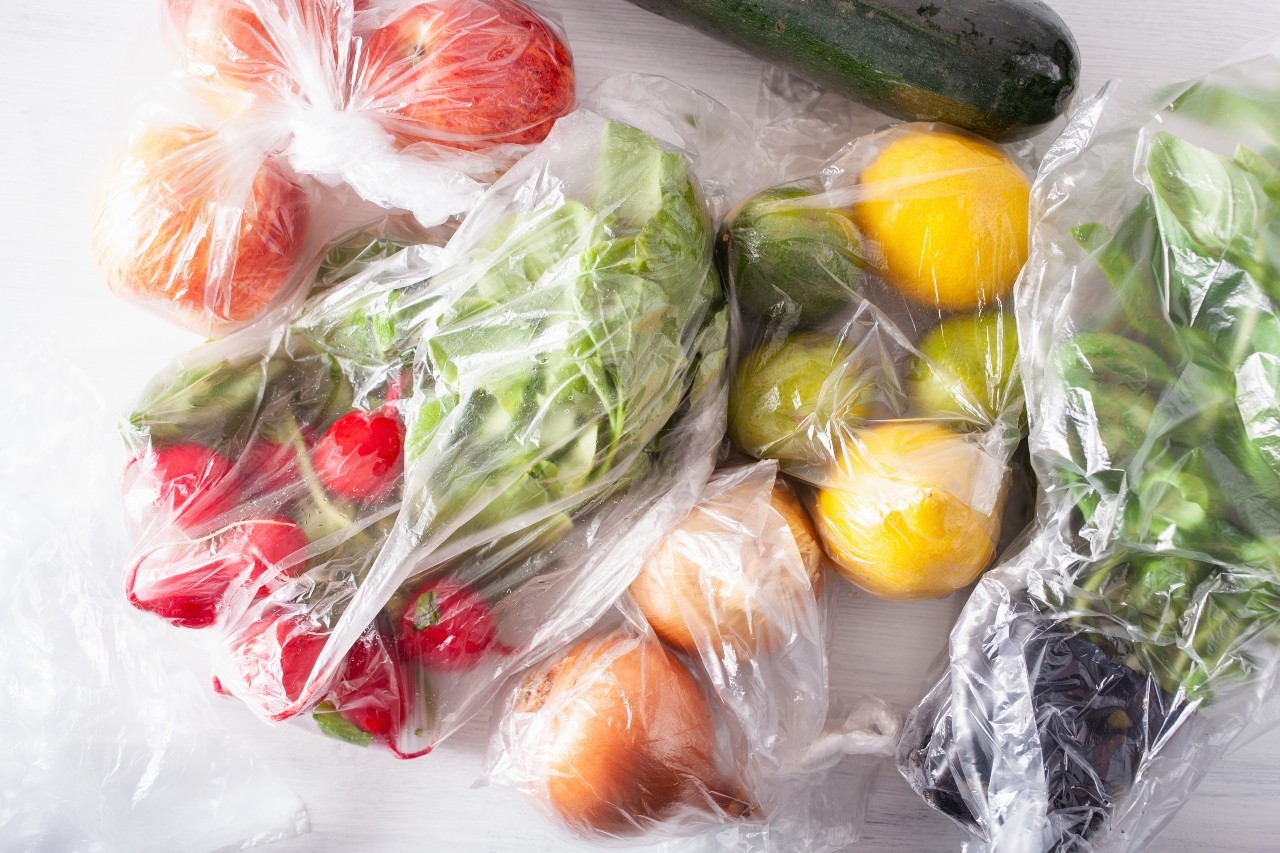Plastisac food packaging: polyethylene products certified for food contact suitability
The quality and safety of all plastic packaging produced has always been one of Plastisac's main goals. Polyethylene food packaging for the food sector is made with high quality raw materials 100% virgin (as established by Regulation (EU) No 10/2011) controlled and processed in full compliance with current regulations and standards. In addition, all food packaging undergoes quality controls at both the production and cutting stage to ensure compliance with the high quality standards required.
In 2012, Plastisac obtained UNI EN 15593:2008 certification on hygiene management in the production of MOCAs, which allows producers of packaging for food use to certify their ability to manage control hygiene risk related to the products made. In 2018, the company renewed the certification and is now able to control all aspects of hygiene management in the production of packaging, meeting the requirements also for storage and transport and the quality and hygiene standards introduced by Good Manufacturing Practices (GMP).
On the other hand, as far as quality control aspects are concerned, Plastisac has obtained the following certification: UNI EN ISO 9001:2015 (issued by DNV Business Assurance Italia Srl) and constantly invests in research and development to assess, maintain and improve the quality standards of all the company's production processes.
 +39 0376 391192
+39 0376 391192


